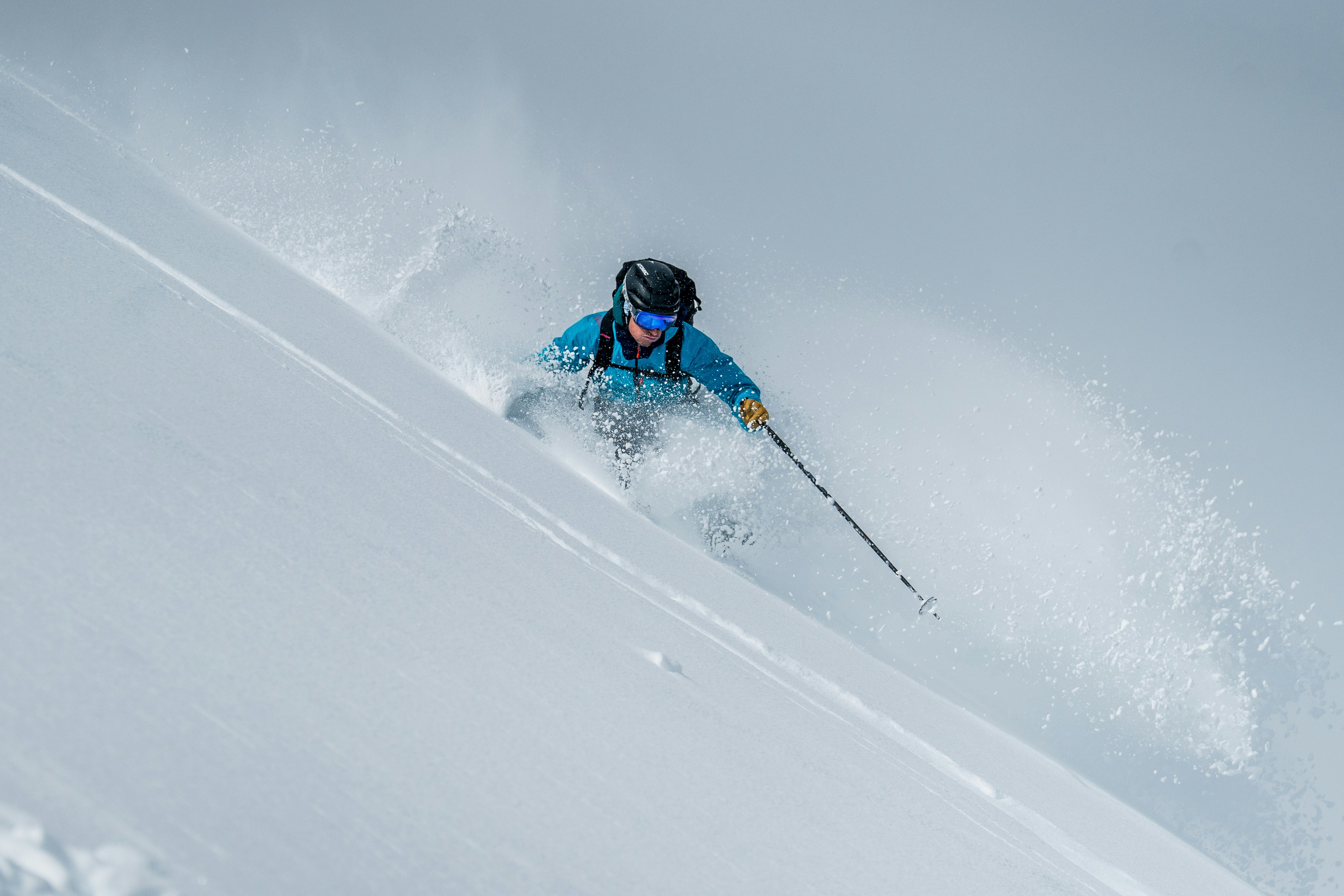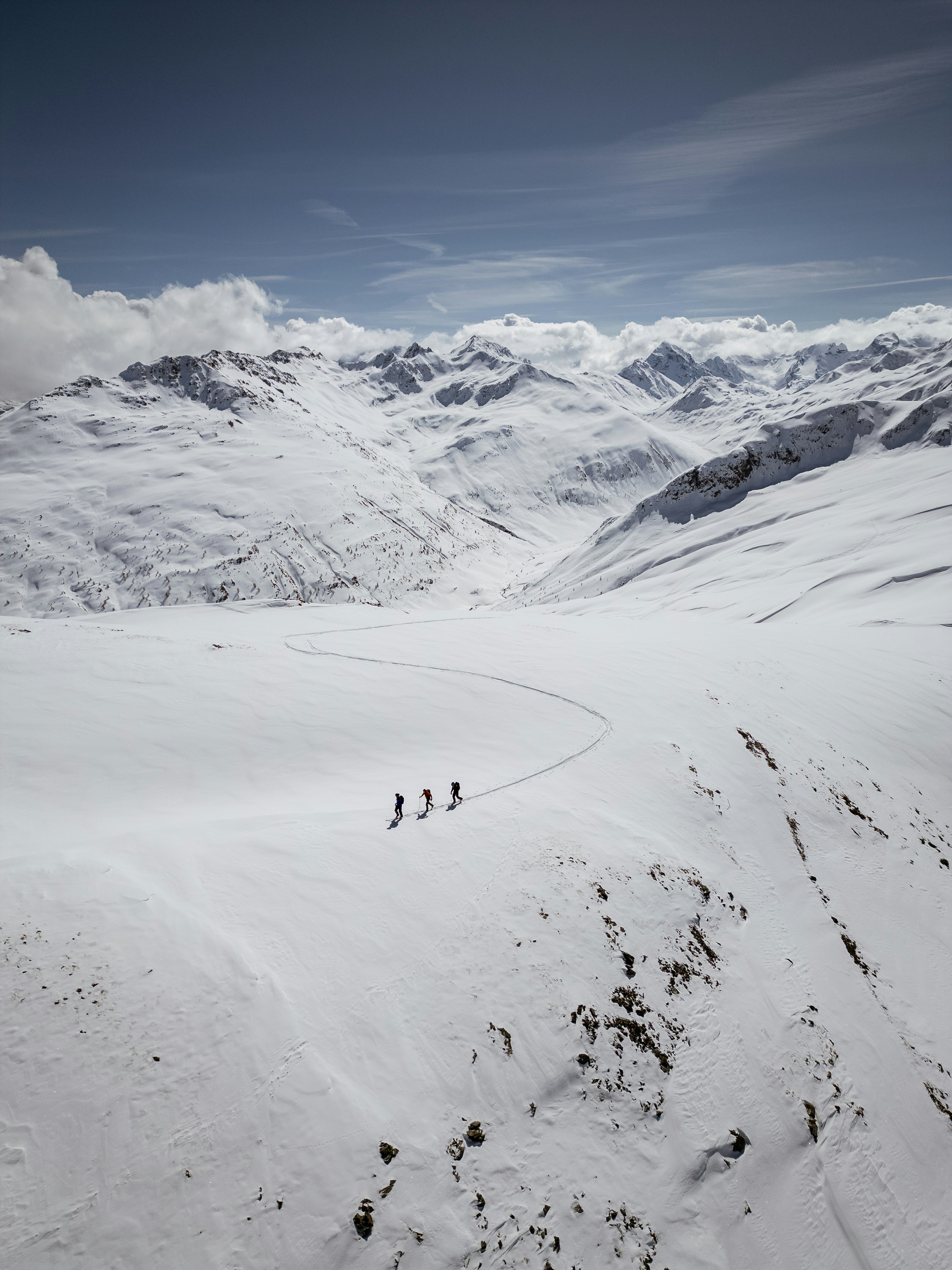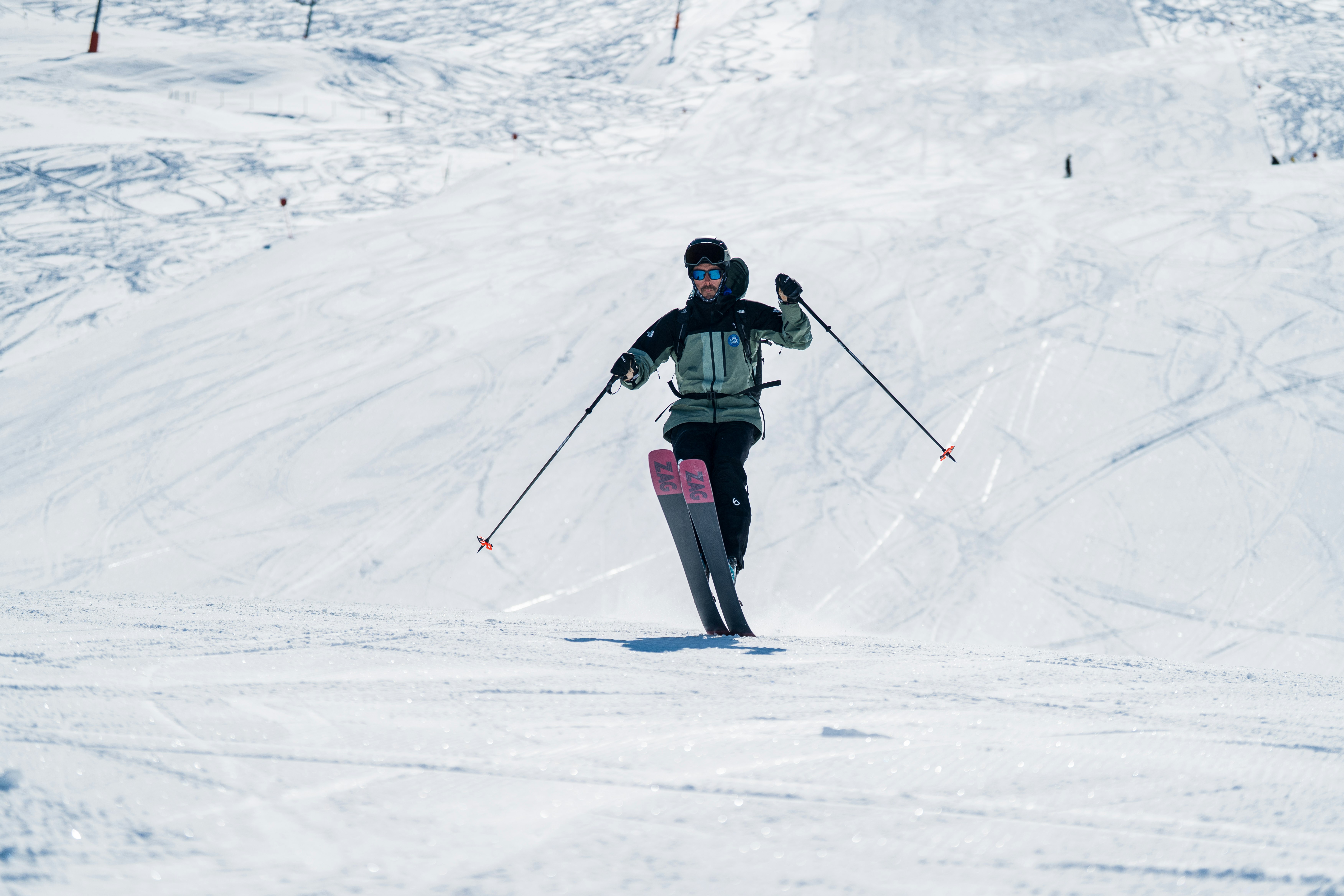
In ski touring, weight matters. Every gram carried uphill translates to energy spent, and over long days in the alpine that energy adds up. The “light and fast” approach isn’t a trend; it’s a strategy rooted in efficiency, precision, and mountain experience.

Modern lightweight gear allows skiers to move with greater speed and less fatigue, enabling longer days, quicker ascents, and more responsive descents.
But speed should never compromise overall safety in the mountains. The foundation remains the same as it’s always been: solid decision-making, terrain awareness, and a deep respect for the mountains and their changing conditions. Traditional alpinism has always emphasised simplicity, and knowing what’s essential, what’s not, and how to use every tool with purpose. Today’s fast-and-light setups are a continuation of that legacy, combining modern materials with classic mountain principles.

Whether you’re planning a technical couloir, a high-alpine traverse, or a dawn-to-dusk objective, the right balance of lightweight gear and traditional know-how is what makes it possible. Ski touring sits at a unique intersection between tradition and innovation, between going fast and skiing well. Among this season’s ski options, you’ll notice how the industry is evolving, but also some surprises when it comes to more classic gear.
Share this article

